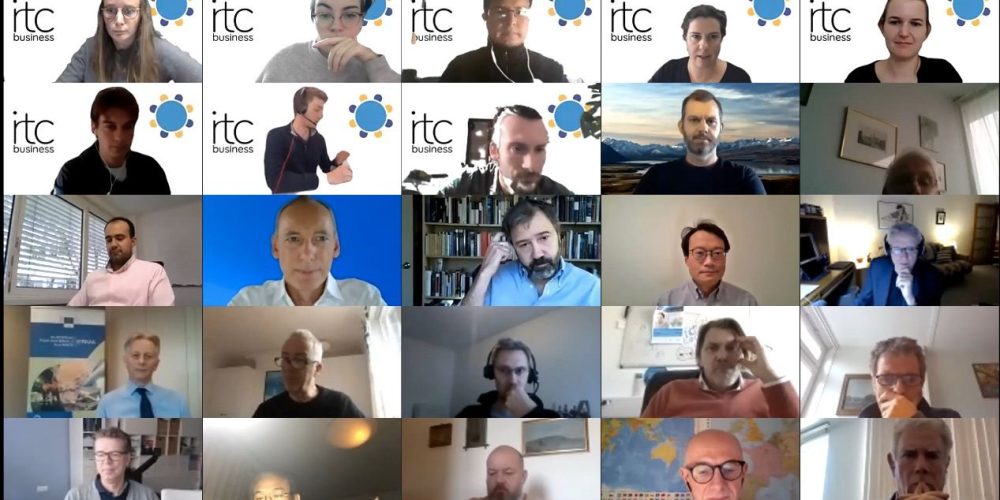The IRTC-Business workshop and Round Table on “Building resilient economies – the role of policy” took place via Zoom on November 17, 2020, from 2 am to 6 pm CET. Around 80 registered participants attended the workshop which comprised in a first part presentations from policy-making, industry and research on how more resilient economies can be built and supported. In a second part, the participants split in two groups, one with an industry and one with a policy focus on the topic. In both groups, an expert panel discussed questions surrounding the main topic from their respective views. Participants were able to contribute via a virtual whiteboard. In a follow-up […]
Titanium is a strong, grey metal which is highly corrosion resistant and has a high melting temperature. It has a very low density but high strength, it’s 45% lighter than steel with the same strength though. Compared to Aluminum, it’s 60% heavier, but twice as strong. Titanium is one of the earths most abundant materials, but mainly occurs in the form of minerals. The most common compound of titanium is used in paints and polymers, while its metal form is mainly used in aerospace, medical equipment and automotive industry. Due to its lightweight, titanium offers a better performance and lower fuel consumption in transport applications. Over half of the titanium is used […]
Evening course series on the sustainable management of critical raw materials On October 14, 15, and 16 SusCritMat held an online course series on critical raw materials. The participants gathered insights into three core topics each evening: Criticality, development of future supply and demand scenarios as well as circular product design. An additional keynote lecture on materials governance as well as business opportunities in the EIT RawMaterials Framework complemented the programme. Throughout the three evenings we had up to sixty people each night, mixed from academia and industry participating and engaging actively in the discussions.
Indium is a very soft, ductile and malleable metal and its earth crust occurrence can be compared to the one of silver or mercury. It got its name from its indigo blue spectral line. Nowadays its main uses can be found as indium-tin oxide in flat panel devices. Other applications include alloys and solders, thin film solar panels, thermal interface materials, light emitting diodes (LEDs) and laser diodes. In transparent conducting oxides (TCOs) used in flat panels displays and in amorphous silicon and CdTe PV cells, indium can be replaced by other TCOs. There is no commercially available substitute for indium in semiconductors used in thin-film solar cells. Indium rarely […]
Germanium is a hard, brittle semimetal that first came into use a half-century ago as a semiconductor material in radar units and as the material from which the first transistor was made. Today, germanium is mainly used in electronics and solar applications, fiber-optic systems, infrared optics, polymerization catalysts, and other uses (such as chemotherapy, metallurgy, and phosphors). Germanium-containing infrared optics were primarily for military use, but the commercial applications for thermal-imaging devices that use germanium lenses have increased during the past few years. In the earth crust, germanium seldom appears in high concentrations. Due to its highly dispersive nature, it is mostly recovered as a byproduct of zinc smelting, although […]




